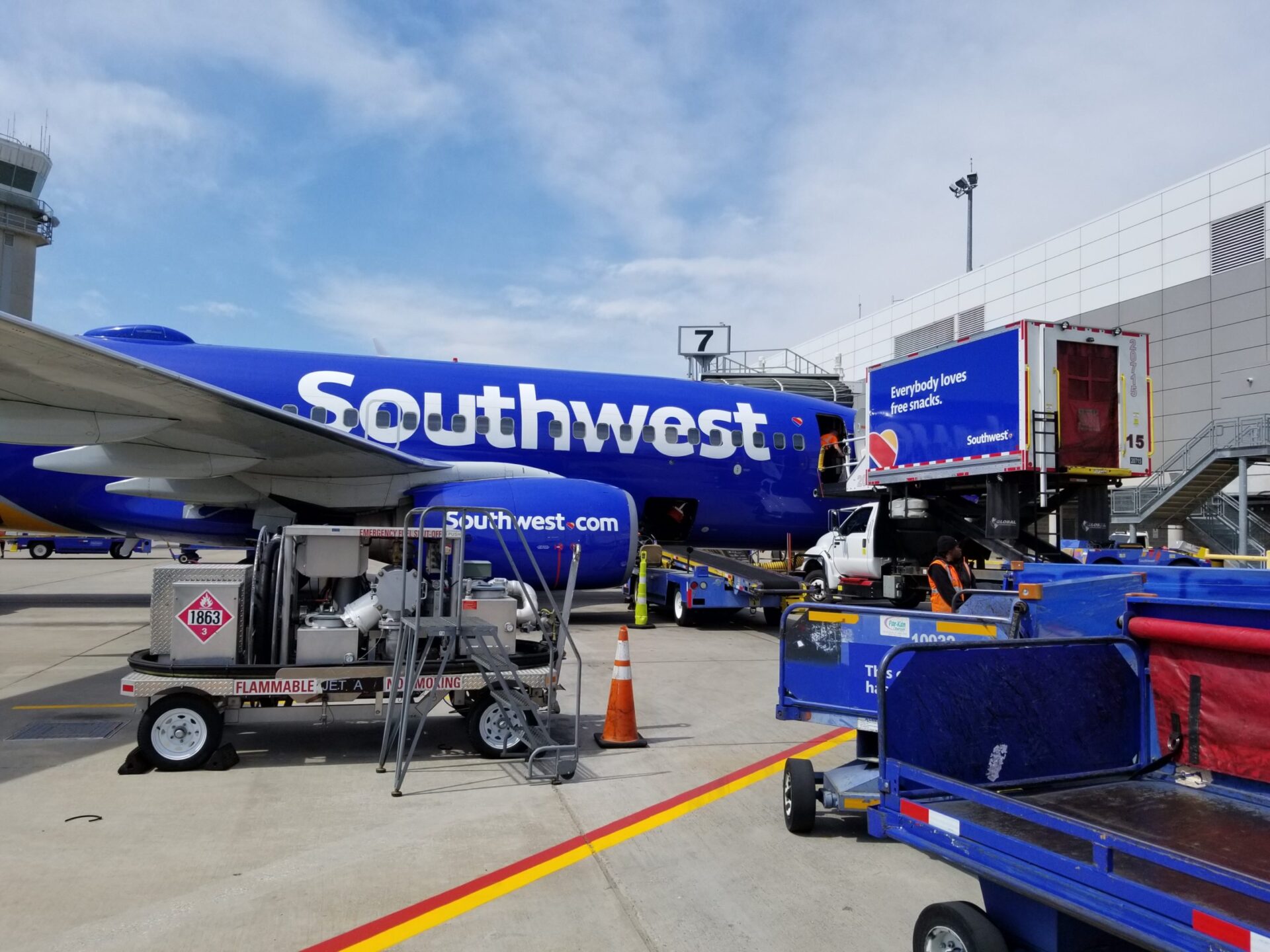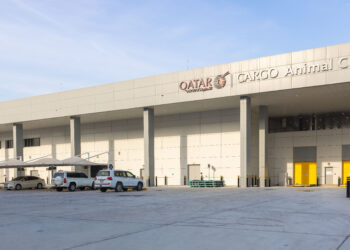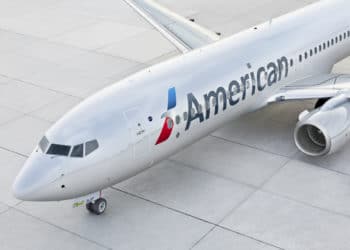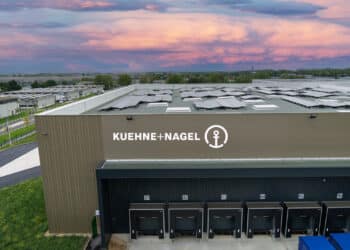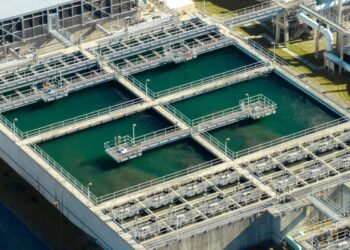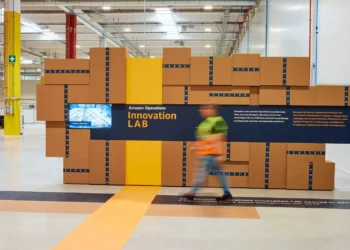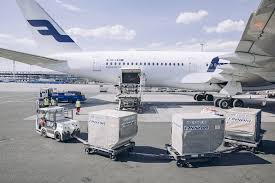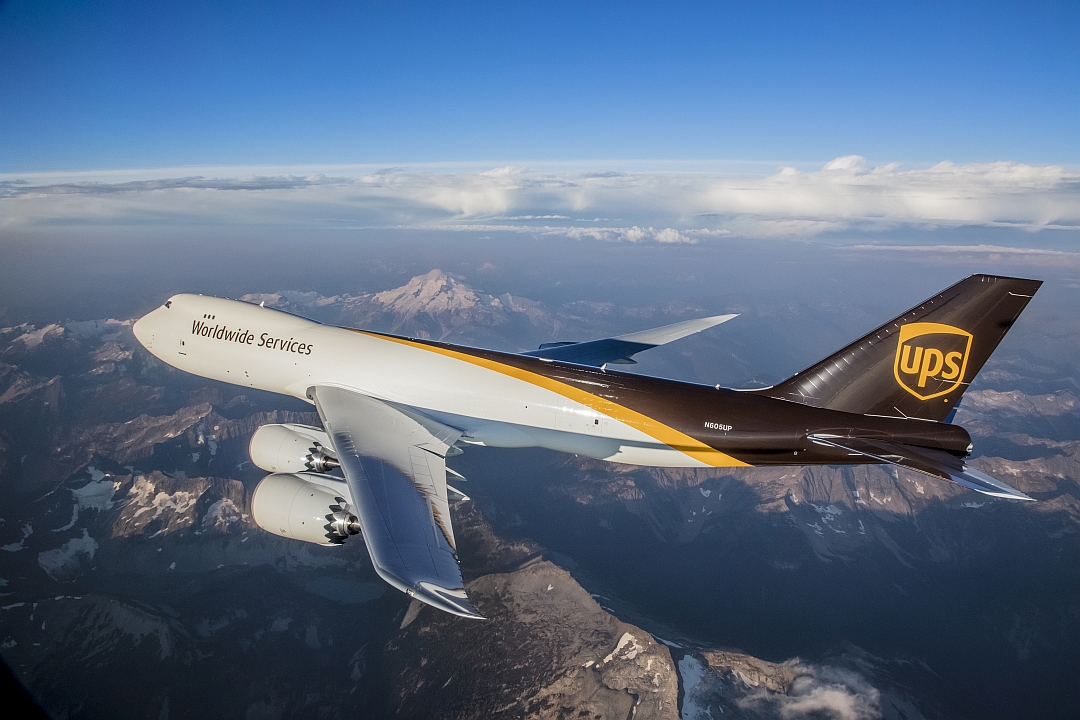No products in the cart.
New HKG-SEA Cathay Pacific service adds cargo capacity
Today, Seattle International Airport (SEA) hosted the launch of Cathay Pacific‘s new nonstop service to Hong Kong International Airport (HKG). The flight will be landing shortly in Hong Kong.
Cathay Pacific’s four-times weekly service between SEA and HKG will be operated by the airline’s A350-900 aircraft. The new service will supplement Cathay Pacific’s existing flights into North America, including its freighter service to Los Angeles (LAX) and Portland (PDX), and passenger flights into Vancouver (YVR), while expanding its network into Seattle and the surrounding catchment area.
Although the A350 is a passenger plane, it can provide about 16 tonnes of belly freight capacity. Cathay Pacific also has a ground handling agreement with Korea-based ground handler Hanjin Global Logistics at SEA, meaning these A350 flights will provide new cargo capacity for the carrier between North America and Asia. From a cargo perspective, the A350-900’s lower deck design and shape provides ample space for luggage and allows a combination of unit load devices (ULDs) for air.
Last July, Cathay Pacific announced the new flight service following Delta’s own announcement that it was ending its six-times weekly flight service between SEA and HKG using 767-300ERs. In the same press release, Delta said it would add a non-stop service to Osaka (ITM), also operated by a 767-300ER. Despite Delta’s addition of a route ex-SEA, 767 aircraft do not have as much available capacity for cargo as the A350, making the new Cathay Pacific flights a boon to SEA.
Currently, about 425,000 tonnes of cargo moves through SEA per year, which fits the airport’s existing 425,000 square-feet of cargo facilities, senior manager for air cargo development Tom Green told the Air Cargo Airports team during a tour of SEA cargo facilities last October. However, Green also said that SEA eventually aims to increase its cargo handling capacity to about 750,000 and that the airport’s development would help facilitate the increase in throughput.
One such development is SEA’s construction of a new International Arrivals Facility, set to open in the fourth quarter of 2019. The new facility will allow the airport’s development team to bring in new carriers to the airport, like Cathay Pacific, making the new terminal a source for belly freight moving into and from the airport. SEA also said that there are long term plans to construct new cargo facilities, but those plans are still at least 10-15 years out.
Since the beginning of this year, SEA has reported a 3.2% increase in its year-to-date cargo handle compared to the same period last year. In February, cargo declined slightly by 0.1% at SEA, down from the airport’s 6.2% growth in January this year. Although SEA’s domestic cargo volumes increased by 8.1% in February, the airport attributed the overall year-over-year decline for the month to a 10.6% drop in international cargo volumes – likely due to the steep decline Asian carriers saw in their cargo volumes that month.

